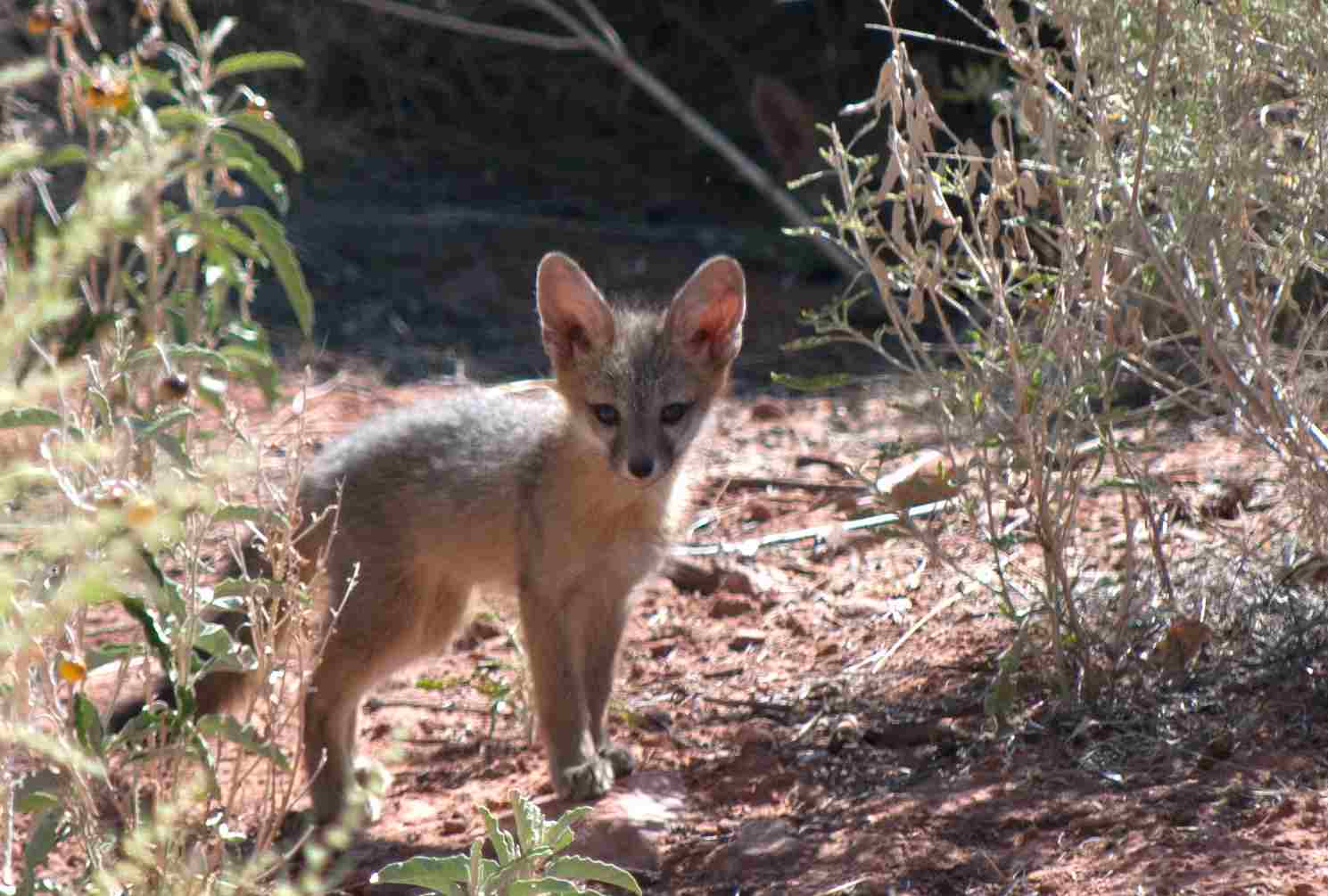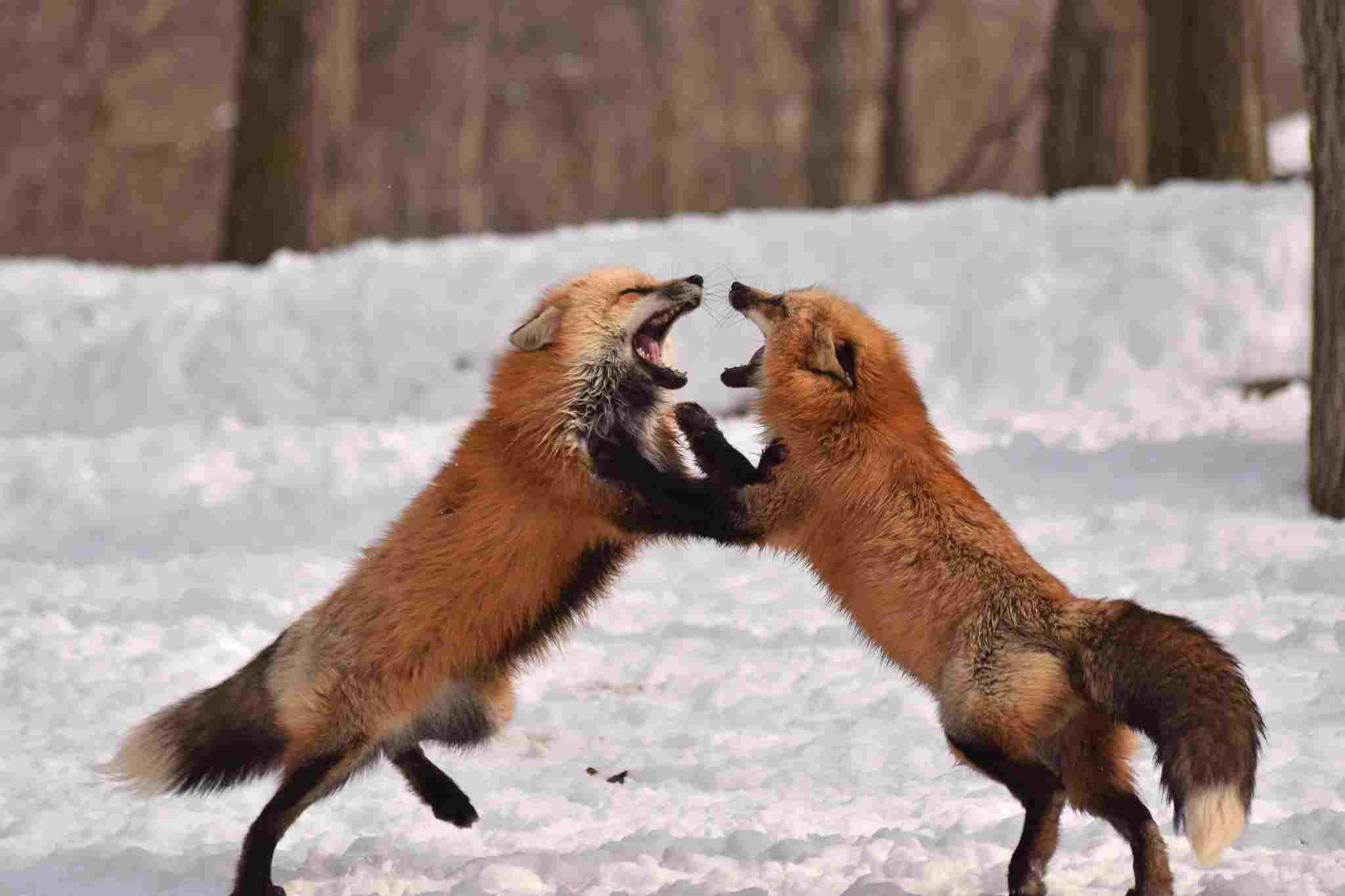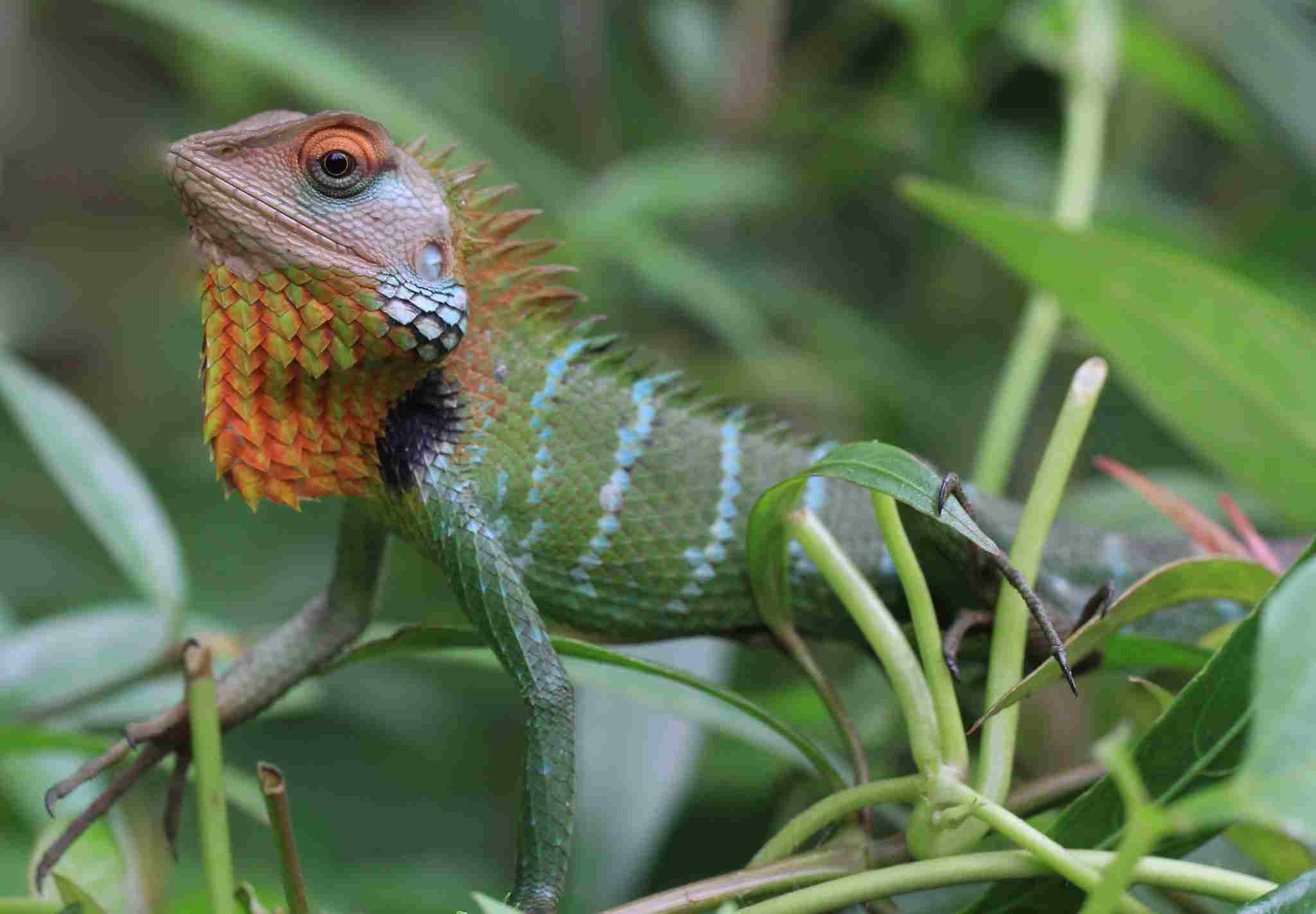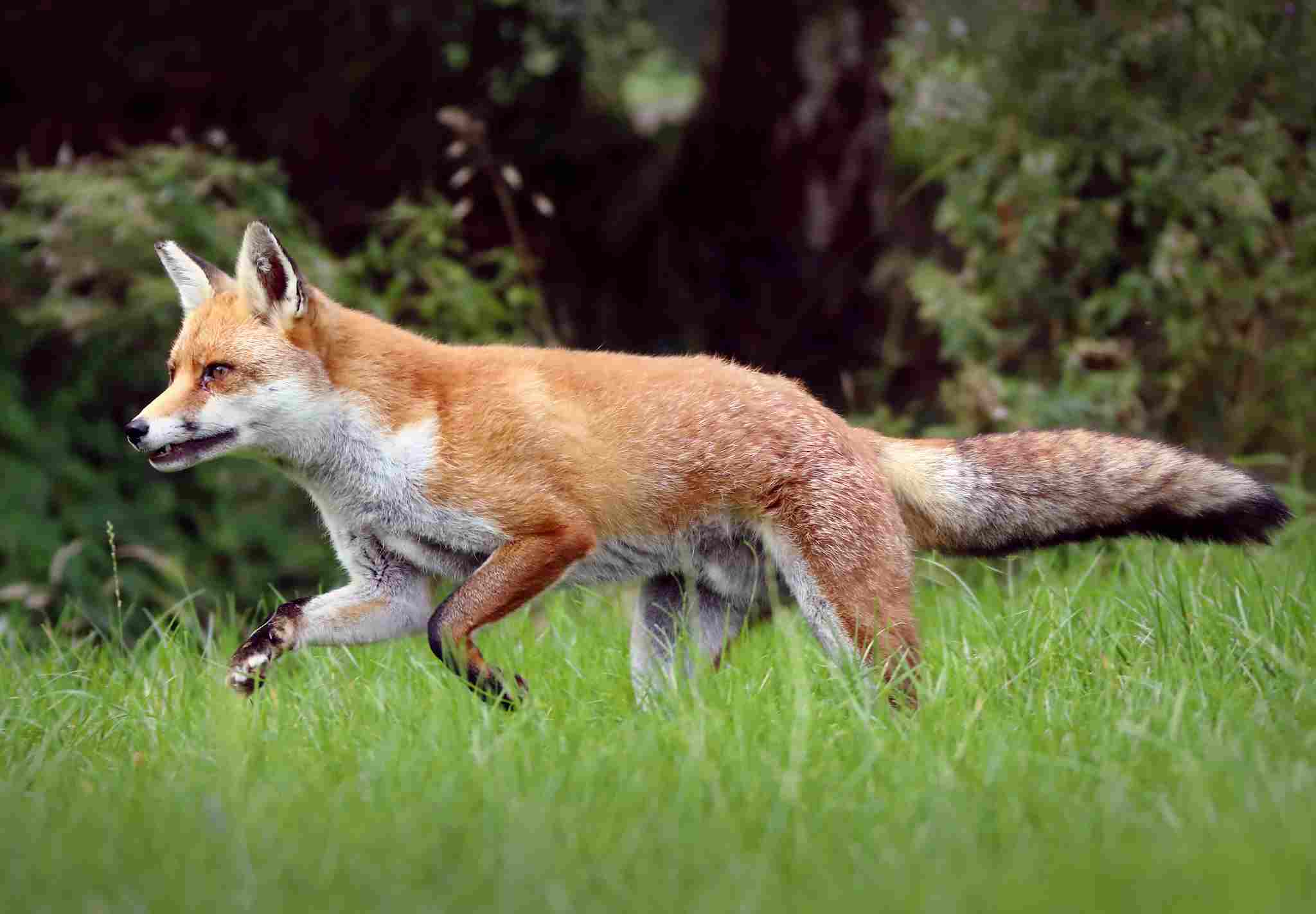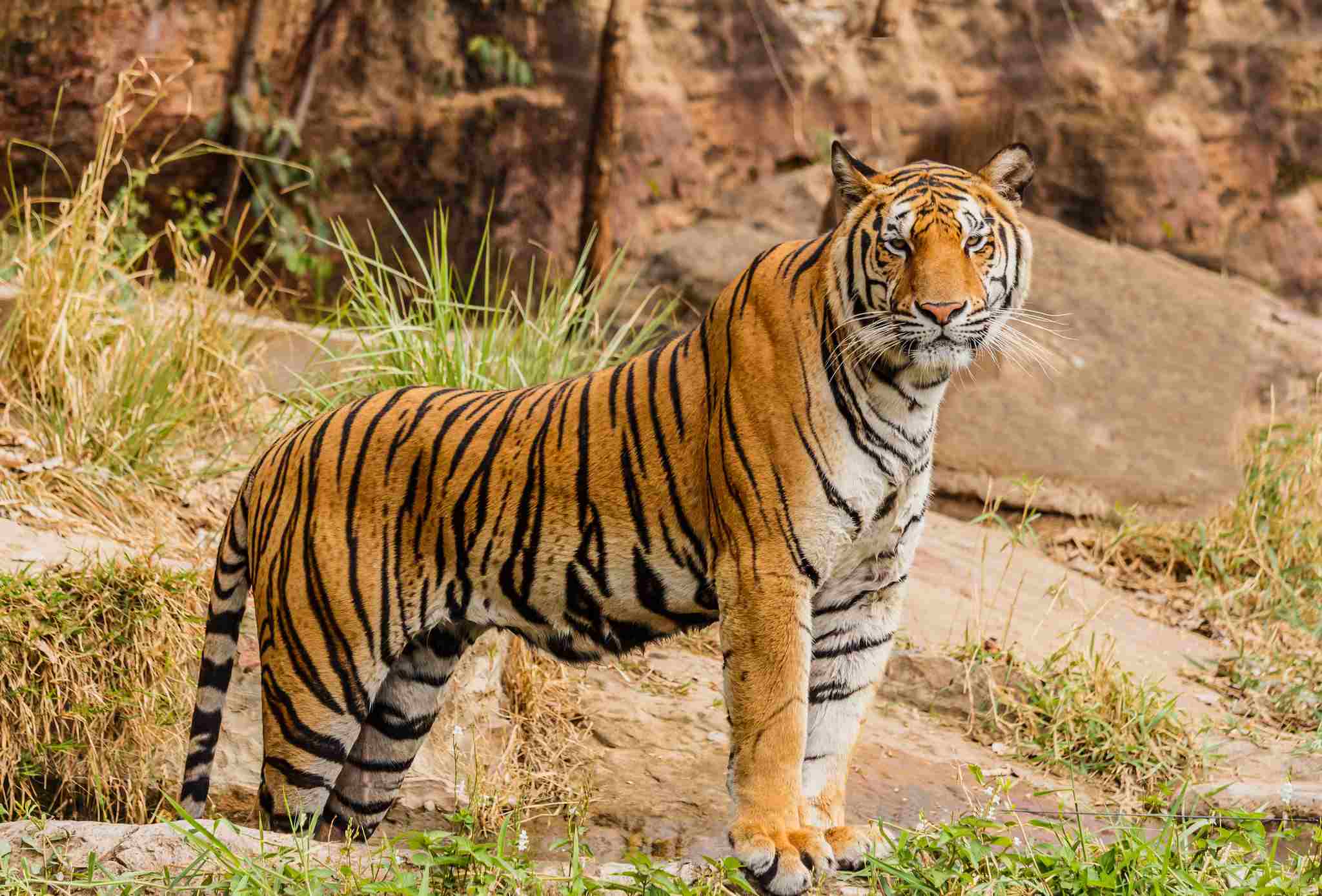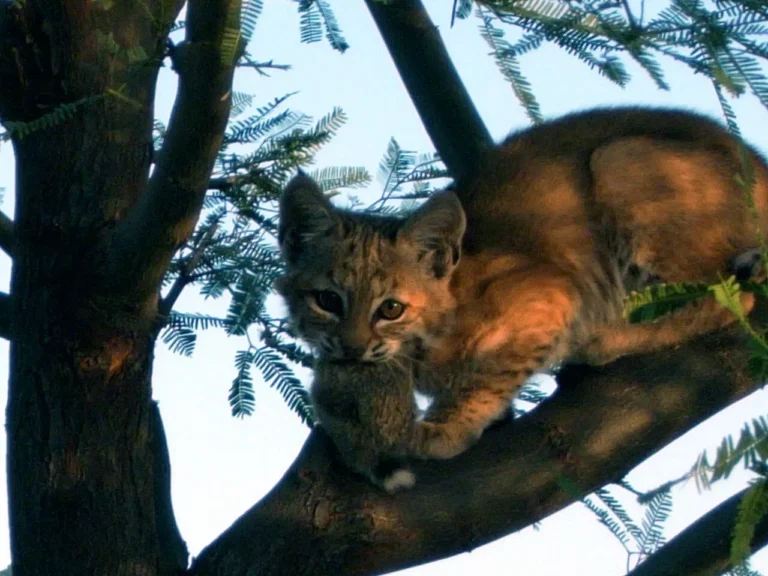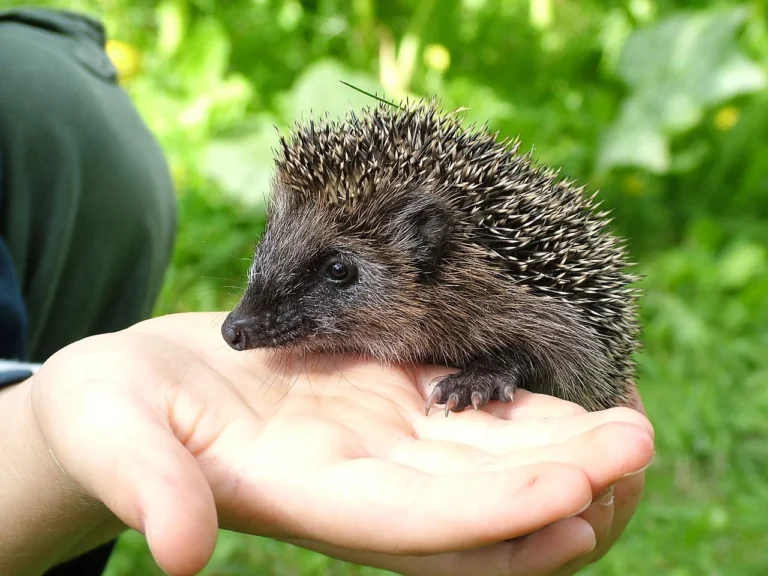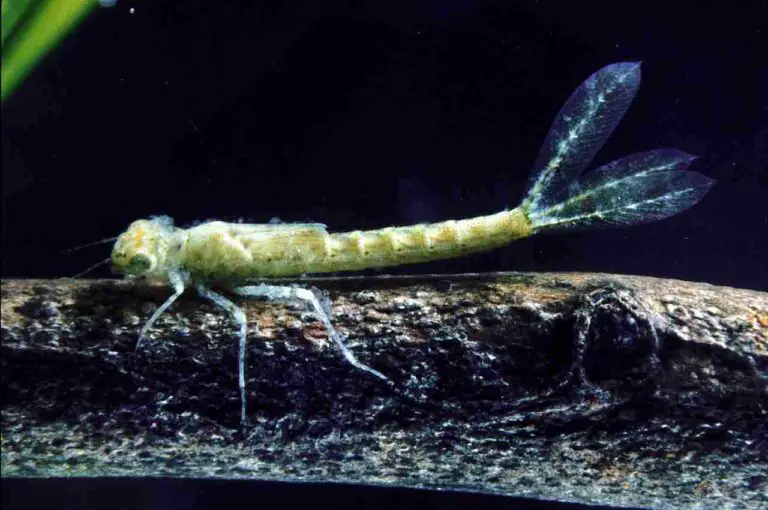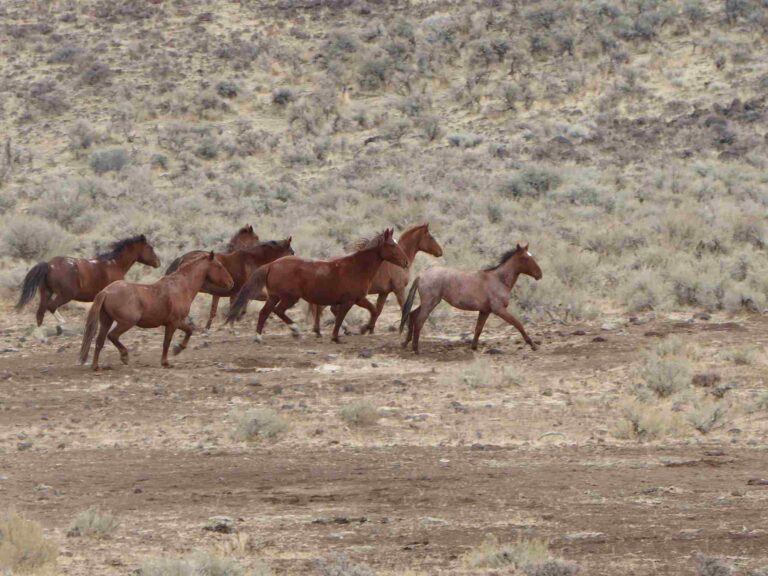Gray Fox Vs Coyote Size, Weight, Ecological Comparison
The size, weight, and physical capabilities of the coyote make it a formidable predator compared to the gray fox. With its larger size, greater strength, and ability to hunt in groups, the coyote has the advantage over the gray fox. In this article, we will explore the various factors that contribute to the coyote’s dominance over the gray fox.
Key Outcomes
*Biological Comparison
The gray fox and coyote may share some similarities in their biology, but they are not closely related in terms of genus and species. While both are members of the Canidae family, the gray fox belongs to the Urocyon genus and the coyote belongs to the Canis genus. Despite this difference, a biological comparison between these animals reveals interesting insights.
*Size and Weight Comparison
The size and weight of the gray fox and coyote are important factors to consider when comparing these animals.
In terms of size, the gray fox is generally smaller than the coyote. The gray fox measures around 32 to 45 inches in length, while the coyote can reach lengths of 40 to 60 inches.
When it comes to weight, the gray fox weighs between 7 to 15 pounds, whereas the coyote is significantly heavier, weighing between 20 to 50 pounds. This size and weight difference between the two animals plays a role in their overall physical capabilities and behavior in their respective habitats.
*Physical Capability Comparison
The physical capabilities of the gray fox and coyote differ due to their size and weight. The coyote, being larger and heavier, has a greater strength advantage over the gray fox. This size difference can lead to the coyote overpowering and potentially causing the death of the gray fox in a confrontation.
1). Taxonomy
The taxonomy of the gray fox and coyote reveals their distinct classification within the animal kingdom. The gray fox belongs to the genus Urocyon and the species cinereoargenteus, while the coyote is classified as Canis latrans.
These two species share similarities in their taxonomy as both belong to the Canidae family, which includes other canids such as wolves and domestic dogs. However, they differ at the genus and species level, highlighting their unique evolutionary paths.
When comparing the taxonomy of the gray fox and coyote, it becomes evident that they are separate species with their own distinct characteristics and adaptations. While they may share some common traits due to their shared family, their genetic makeup and evolutionary history have led to their differentiation.
2). Appearance
The appearance of the gray fox and coyote is distinct and reflects their unique adaptations and ecological roles. Both species have different coat colors, fur textures, and physical characteristics that contribute to their survival in their respective habitats.
The gray fox has a beautiful coat that is predominantly gray with a reddish hue, while the coyote’s coat is typically a mix of gray, brown, and tan. This difference in coat color allows the gray fox to blend seamlessly into its woodland environment, providing effective camouflage against predators and prey. On the other hand, the coyote’s coat coloration helps it blend into various landscapes, including grasslands and deserts, enhancing its hunting capabilities.
In terms of stature and build, the gray fox is smaller and more slender compared to the coyote. The gray fox stands at around 15-20 inches at the shoulder and has a body length of approximately 32-45 inches.
In contrast, the coyote is larger, measuring around 21-24 inches at the shoulder and having a body length of about 40-50 inches. This difference in size and build reflects their distinct ecological roles, with the gray fox being more agile and adapted for climbing trees, while the coyote is built for endurance and speed.
3). Size
When comparing the size of the gray fox and the coyote, we need to consider their total body length and height at the shoulders. The gray fox typically measures around 32-45 inches in body length, while the coyote is slightly larger, ranging from 40-50 inches. In terms of height at the shoulders, the gray fox stands at approximately 15-20 inches, while the coyote is taller, measuring around 21-24 inches.
These size differences between the gray fox and the coyote reflect their distinct ecological roles and adaptations. The smaller size of the gray fox allows it to be more agile and maneuverable, making it well-suited for climbing trees and navigating through dense vegetation. On the other hand, the larger size of the coyote provides it with more endurance and speed, enabling it to cover larger distances in search of prey.
It’s important to note that while the coyote is generally larger than the gray fox, there can be variations in size within each species depending on factors such as geographical location and available resources.
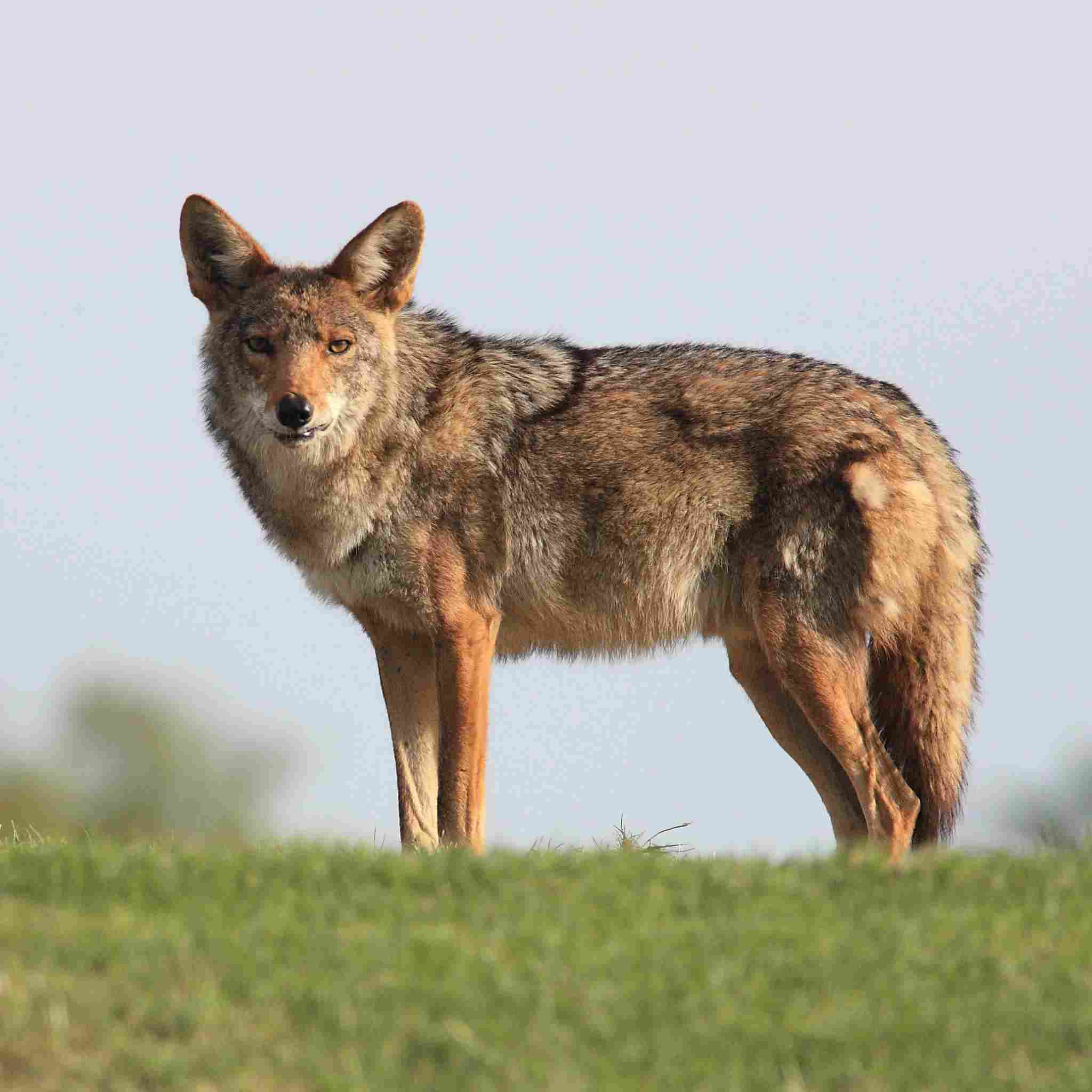
4). Weight
When comparing the weight of the gray fox and the coyote, we can observe significant differences between the two species. The gray fox typically weighs between 7 and 15 pounds, while the coyote is considerably larger, weighing between 20 and 50 pounds.
The variation in weight between the gray fox and the coyote is a result of their distinct ecological adaptations and dietary preferences. The smaller size and lighter weight of the gray fox allow it to be more agile and nimble, making it well-suited for hunting small prey and navigating through dense vegetation. In contrast, the larger size and heavier weight of the coyote provide it with more strength and endurance, enabling it to take down larger prey and cover larger distances in search of food.
It’s important to note that the weight of both species can vary depending on factors such as geographical location, available resources, and individual health. Additionally, the weight of an individual animal can fluctuate throughout its lifetime due to seasonal changes in food availability and reproductive cycles.
5). Bite Force
When comparing the bite force of the gray fox and the coyote, we can observe significant differences between the two species. Bite force is a crucial factor in determining an animal’s ability to capture and subdue prey, as well as defend itself against potential threats.
The gray fox has a bite force of around 300 pounds per square inch (psi), while the coyote possesses a much stronger bite force of approximately 500 psi. This difference in bite force is primarily due to the coyote’s larger size and more robust jaw muscles.
The stronger bite force of the coyote allows it to take down larger prey and exert greater pressure when biting. This advantage gives the coyote an edge in hunting and scavenging, as it can effectively crush bones and tear through tough hides.
On the other hand, the gray fox’s bite force, although not as powerful as the coyote’s, is still sufficient for its hunting needs. The gray fox primarily preys on smaller animals such as rodents, rabbits, and birds, which do not require as much force to capture and kill.
6). Overall Physical Capacity
When comparing the overall physical capacity of the gray fox and the coyote, it becomes evident that the coyote is stronger based on the factors we have evaluated and compared. The coyote’s larger size and more robust jaw muscles contribute to its superior physical strength.
In terms of hunting and capturing prey, the coyote’s stronger bite force gives it a significant advantage. With a bite force of approximately 500 psi, the coyote can take down larger prey and exert greater pressure when biting. This allows the coyote to effectively crush bones and tear through tough hides, giving it an edge in hunting and scavenging.
Additionally, the coyote’s physical strength enables it to defend itself against potential threats. In the case of a violent confrontation between the gray fox and the coyote, the coyote’s superior physical capacity would likely result in the defeat of the gray fox.
However, it is important to note that the gray fox still possesses sufficient physical capacity for its hunting needs. While its bite force of around 300 psi is not as powerful as the coyote’s, it is still adequate for capturing and killing smaller prey such as rodents, rabbits, and birds.
7). Habitat
The habitat of the gray fox and the coyote plays a significant role in their ecological comparison. Both species have adapted to a wide range of ecosystems, but there are some differences in their geographic range.
The gray fox is primarily found in North and Central America, inhabiting various habitats such as forests, woodlands, and brushy areas. They are highly adaptable and can thrive in both rural and urban environments. Gray foxes are known for their ability to climb trees, which gives them an advantage in forested habitats.
On the other hand, the coyote has a much broader geographic range, spanning across North and Central America. They are highly adaptable and can be found in a variety of habitats, including deserts, grasslands, forests, and even urban areas. Coyotes are known for their ability to survive in diverse environments, which has contributed to their success as a species.
When comparing the habitat preferences of the gray fox and the coyote, it is clear that both species have the ability to thrive in different ecosystems. However, the coyote’s broader geographic range and adaptability to various habitats give it a slight advantage in terms of habitat availability.
8). Lifespan
Coyotes live longer than gray foxes, on average. The gray fox typically has a lifespan of around 6 to 8 years in the wild, although some individuals have been known to live up to 12 years. On the other hand, the coyote has a longer lifespan, with an average of 10 to 14 years in the wild, and some individuals living up to 18 years.
Several factors contribute to the difference in lifespan between these two species. One factor is their size and weight. The gray fox is smaller and lighter than the coyote, which may make it more vulnerable to predation and other threats. Additionally, the coyote’s adaptability to various habitats and its larger geographic range may provide it with more resources and opportunities for survival, ultimately contributing to its longer lifespan.
Another factor that influences lifespan is reproductive behavior. Gray foxes typically have smaller litters and reproduce at a slower rate compared to coyotes. This slower reproductive rate may result in a lower population density and increased competition for resources, potentially impacting the gray fox’s lifespan.
9). Behavior
The behavior of gray foxes and coyotes differs in several key aspects. One notable difference is their feeding behavior. Gray foxes are omnivorous, meaning they consume both plant matter and animal prey. They have a diverse diet that includes fruits, berries, insects, small mammals, and birds. On the other hand, coyotes are primarily carnivorous, with a diet consisting mainly of small mammals such as rabbits, rodents, and occasionally larger prey like deer.
Aggression is another behavioral difference between the two species. Coyotes are known to be more aggressive and territorial compared to gray foxes. They often defend their territories and resources from other coyotes and potential threats. In contrast, gray foxes are generally less aggressive and more solitary in nature, although they may exhibit territorial behavior during the breeding season.
Social behavior also varies between the two species. Coyotes are highly social animals that live in family groups called packs. They engage in cooperative hunting, raising their young together, and defending their territory as a group. Gray foxes, on the other hand, are more solitary and tend to live and hunt alone, although they may form small family groups during the breeding season.
When it comes to parenting, both species exhibit different strategies. Gray foxes are known for their secretive nesting behavior, often choosing hollow trees or dense vegetation to raise their young. They are attentive parents, providing care and protection to their offspring until they are old enough to fend for themselves. Coyotes, on the other hand, have a more communal parenting approach, with both parents and older siblings participating in the care and upbringing of the pups.
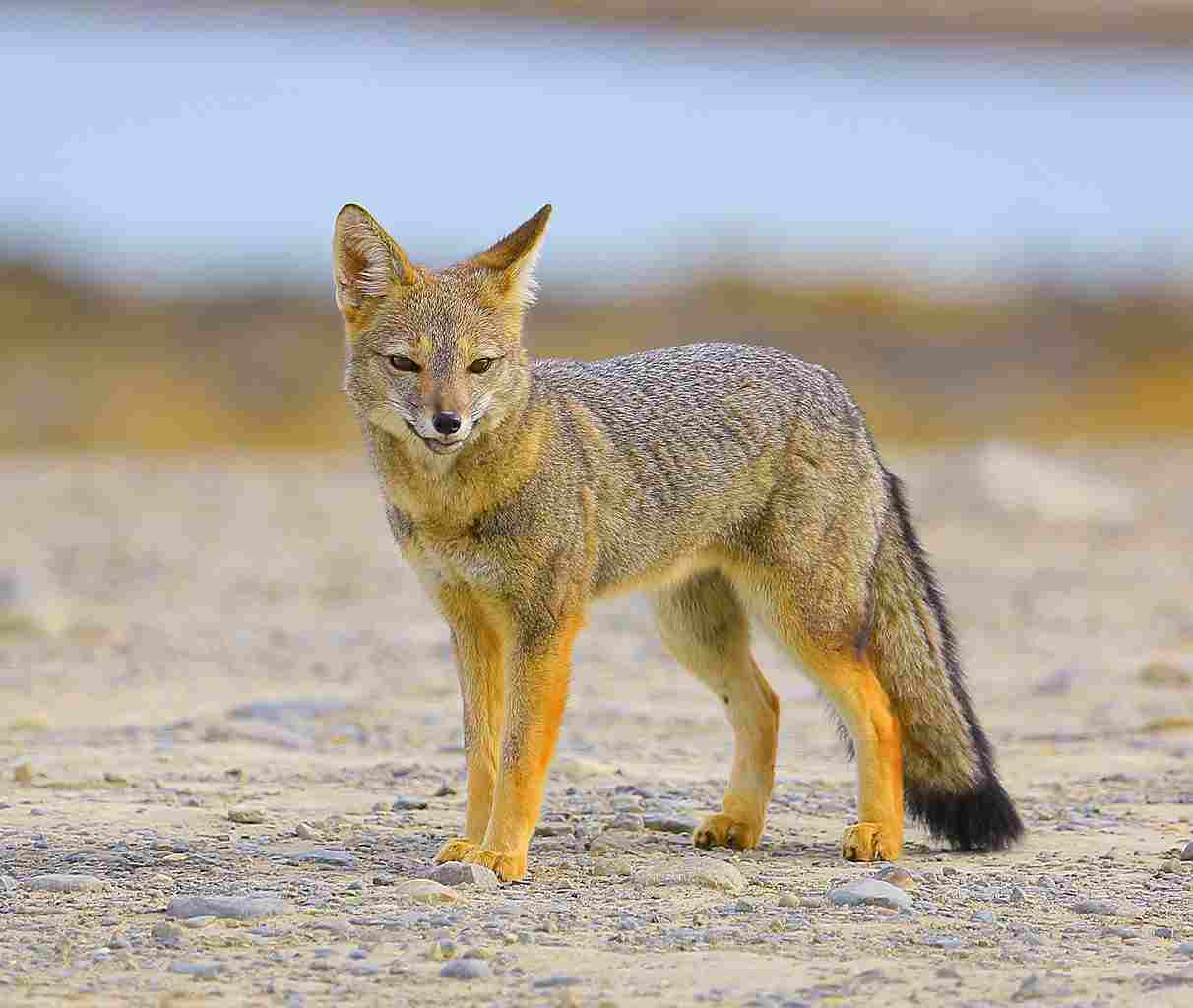
10). Reproduction
Gray foxes and coyotes have different reproductive strategies. Gray foxes are viviparous, meaning they give birth to live young. After a gestation period of approximately 53 days, the female gray fox will give birth to a litter of 2 to 7 pups. The pups are born blind and helpless, relying on their mother for nourishment and protection. The female gray fox provides care and guidance to her offspring until they are old enough to venture out on their own.
In contrast, coyotes are also viviparous but have a longer gestation period of around 60 days. The female coyote typically gives birth to a litter of 4 to 7 pups. Similar to gray foxes, the coyote pups are born blind and rely on their mother for survival. However, coyotes have a more communal parenting approach, with both parents and older siblings participating in the care and upbringing of the pups. This cooperative parenting helps to ensure the survival and development of the young coyotes.
11). Danger Posed to Humans
Gray foxes and coyotes are both generally wary of humans and tend to avoid direct contact. However, their behavior towards humans can vary.
Gray foxes are typically more elusive and shy, preferring to stay away from human settlements. They are not known to be aggressive towards humans and rarely pose a threat. In rare cases, if a gray fox feels threatened or cornered, it may display defensive behavior, such as growling or barking, but actual attacks on humans are extremely rare.
Coyotes, on the other hand, have adapted to urban environments and can be found in close proximity to human settlements. While they generally avoid humans, they have been known to scavenge for food in residential areas, which can sometimes lead to conflicts. Coyotes are generally not aggressive towards humans, but they may become more bold and assertive if they have become habituated to human presence or if they feel threatened. It is important to note that coyote attacks on humans are extremely rare.
If you encounter a gray fox or a coyote, it is important to remember that they are wild animals and should be treated with caution. It is best to keep a safe distance and avoid approaching or feeding them. If you feel threatened, it is advisable to make loud noises, wave your arms, and back away slowly. In the rare event of an actual attack, it is recommended to fight back aggressively and seek medical attention immediately.
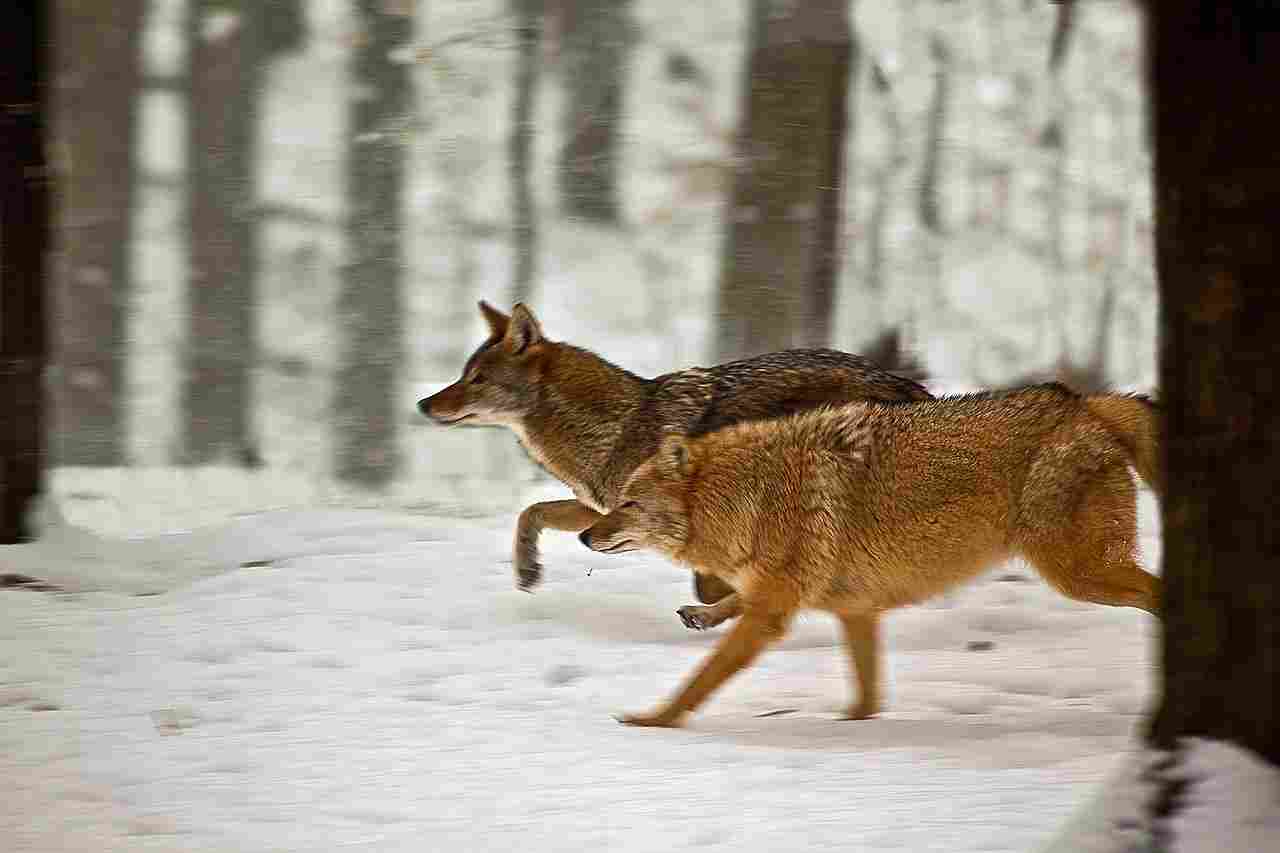
12). Conservation Status
The conservation status of gray foxes and coyotes varies, with both species facing different levels of concern. Gray foxes are generally not considered endangered or threatened, as their populations are relatively stable. They are adaptable and can survive in a variety of habitats, including forests, grasslands, and even urban areas. However, habitat loss and fragmentation due to human development can pose a threat to their survival in certain regions.
Coyotes, on the other hand, have a more stable population and are not currently considered endangered. They have shown remarkable adaptability to human-altered landscapes and can thrive in urban environments. However, they can face persecution and hunting pressure in some areas due to conflicts with livestock and pets. Additionally, the introduction of diseases such as mange and distemper can impact coyote populations.
The main threats to the survival of both species in the wild are habitat loss, fragmentation, and human-wildlife conflicts. As human populations continue to expand and encroach upon natural habitats, it is crucial to implement conservation measures that protect and preserve suitable habitats for these animals. This includes creating wildlife corridors, promoting responsible land management practices, and raising awareness about coexistence with wildlife.

Conclusion
I). SIMILARITIES
In comparing the gray fox and the coyote, several similarities can be observed. Both animals belong to the Canidae family and share similar physical characteristics such as a slender body shape, pointed ears, and a bushy tail. They are also both highly adaptable and can thrive in various habitats, including urban areas. Additionally, both species play important roles in their respective ecosystems as predators, helping to regulate prey populations and maintain ecological balance.
II). DIFFERENCES
Despite their similarities, there are also notable differences between the gray fox and the coyote. One key difference lies in their size and weight. Gray foxes are generally smaller and lighter than coyotes, with an average weight of around 7 to 15 pounds compared to the coyote’s average weight of 20 to 50 pounds. Another difference is their preferred habitats. Gray foxes are more commonly found in forested areas, while coyotes are known for their adaptability to a wide range of environments, including grasslands and deserts.
In terms of behavior, gray foxes are known for their climbing ability, which sets them apart from coyotes. They are skilled tree climbers and can escape predators or find food by climbing trees. Coyotes, on the other hand, are more adept at running and have been observed reaching speeds of up to 40 miles per hour.
Generally, while the gray fox and the coyote share some similarities, their differences in size, habitat preference, and behavior make each species unique in its own right.
